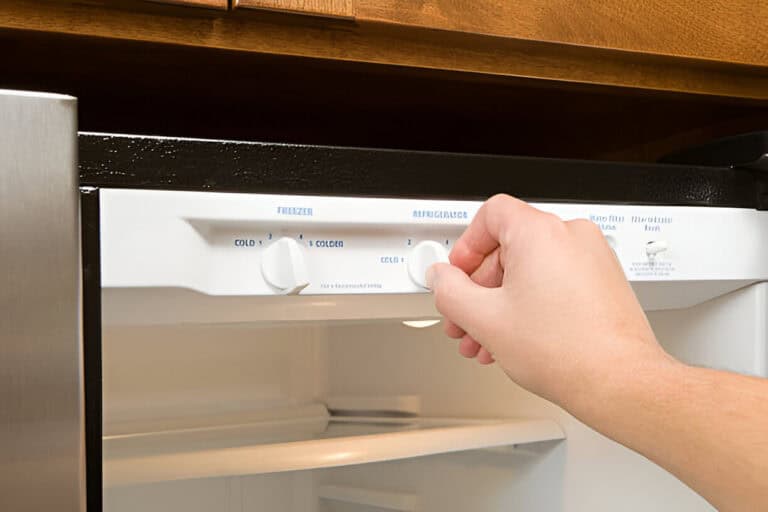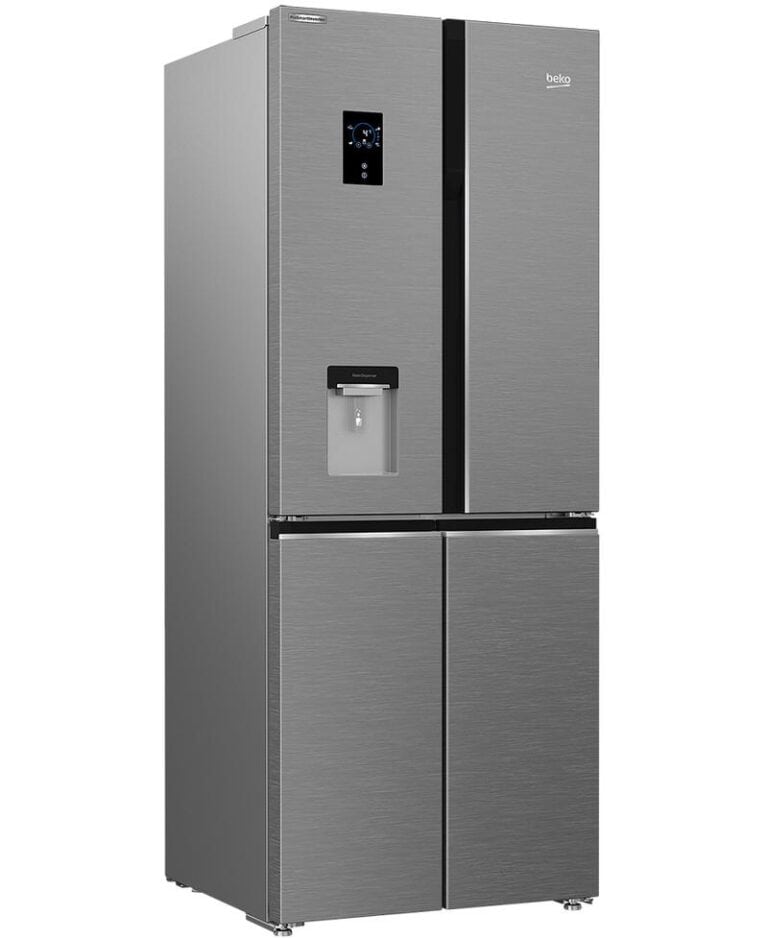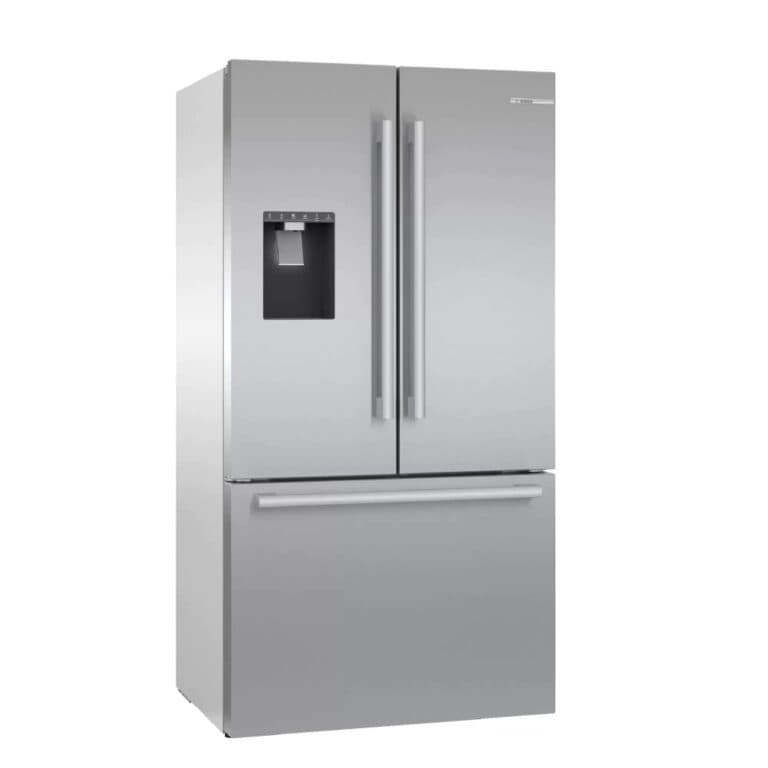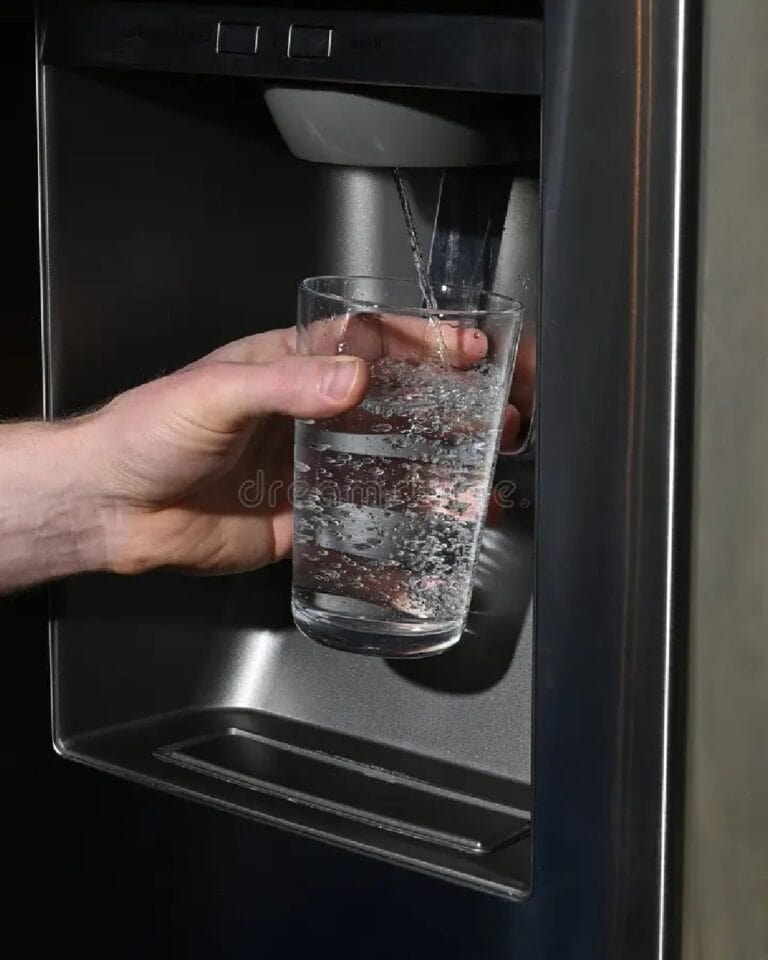RTIC vs. Yeti: Which Cooler Is the Best? The Ultimate Comparison
When it comes time to purchase a new cooler or portable fridge, two brands spring to mind: Yeti and RTIC.
These are the leading manufacturers in the modern cooler world and also the two most at odds, as most people would recall from their recent legal battles, so it can be hard for consumers to know what American brand is best.
So, which is the better cooler brand between Yeti and RTIC?
Most would argue that Yeti is known for making higher-quality coolers but with a bigger price tag, and RTIC has just as good of a range for more affordable prices but without the durability that the other brands have. Therefore, it’s up to the consumer to decide which advantages matter most to them.
To determine just that, we’ve weighed up their differences in price, construction, reputation, range, and functionality when looking at the entire selection from Yeti and RTIC.
With a detailed comparison of what each of these brands offers, you’ll get a better idea of which cooler is right for your outdoor adventure.
If you’d like to see a graphical breakdown of the RTIC vs. Yeti comparison, we got you covered:
The History of Yeti and RTIC
When it comes to famous cooler brands, there’s no denying that Yeti is the biggest and best.
Yeti was created in the United States in 2006 by two brothers who were raised loving the outdoors, and the Austin-founded company has always been well known for their impressive range of coolers and portable fridges.
The Yeti customer base includes campers, fishers, hunters, and anyone who goes outside, and they have a lot of loyal followers. In 2016, they amassed sales of $470 million and have held onto the title of market leaders ever since.
RTIC might be later to the party than Yeti, but they’ve managed to get themselves a reputation in the portable fridge world as well. Founded in 2014, also by two brothers, RTIC took the opportunity to create coolers that were a lot more affordable but based on the popular range offered by Yeti.
Customers love both brands for their huge selection of outdoor gear and coolers, but it seems that RTIC’s range of products was a little too similar to Yeti’s.
Yeti launched a lawsuit against them, which resulted in RTIC agreeing to redesign most of their product range in 2018, including hard-sided and soft-sided coolers.
As a result, RTIC has developed a brand new range of coolers and accessories that aims to set them apart from Yeti. Meanwhile, Yeti released their latest selection of coolers, drinkware, and other products that highlighted why they’re a customer favorite when it comes to this type of gear.
RTIC vs. Yeti: Quality Comparison
Investing in a cooler can be an expensive task, so when you purchase one, you want to be sure it’s built to last.
Yeti and RTIC are both famous brands for portable fridges, and this is because they both have reputations of being built tough, even if they do look similar in every other way.
When comparing the toughness of coolers, this refers to how well they handle outdoor conditions, extreme temperatures, and the occasional battering when being transported and used.
Both brands are known for making their coolers tough, but it seems that Yeti does a better job in this department.
Yeti is known for making the highest quality coolers, and this still stands true. They use the highest quality materials, including plastics and rubber parts, to create their coolers and elite manufacturing process.
RTIC is still tough and would make a worthwhile investment, but their quality loses out slightly, which is reflected in their lower prices.
Parts and Design of the Coolers

As RTIC modeled most of their range on what was already available with Yeti, it makes sense that a lot of these products look the same.
However, when you compare their roto-molded coolers and portable fridges, some obvious differences can help customers tell them apart.
Design and Style
On the first look, you can see why there was a legal case against RTIC, as most of their coolers are similar in every way.
They both have sleek designs and have been made to travel, with only the features that you need.
Plastic Construction

The plastic of both RTIC and Yeti coolers is similar, and they both use roto-molding, which is having the plastic molded over insulation.
For this reason, their weight is also similar, and they’re capable of lasting many years because of their ability to take some damage, which is good news for the outdoors.
Parts
All of the parts seem similar when you compare the coolers, and on both Yeti and RTIC you’ll find drain spouts, rubber lid gaskets, non-slip feet, insulation, rubber latches, and rope handles.
It’s noteworthy that the rubber parts especially feel flimsier on the RTIC coolers, so they might not hold out as long. This can be troublesome for the gasket as it won’t stay sealed tightly for as many years as the Yeti.
Warranty and Customer Service of Brands
To get a good idea of how a product performs, you need only to look at their warranty coverage and how they deal with customer complaints and issues.
When it comes to an expensive investment like a cooler, you want to know you’re spending your money wisely on a brand that has a solid reputation and will act quickly to rectify any issues.
RTIC has a warranty period of just one year, and this includes both hard and soft coolers, with a limited 90 days on their day coolers. When you consider that a cooler can cost around $250, having just one year of protection doesn’t seem like much and could be a turn-off.
Yeti’s products have had some changes recently, which means their warranty coverage has decreased. Originally, their hard and soft coolers came with seven-year warranties, which were impressive enough on their own, but they’ve now been reduced to three years.
Considering they’re the most expensive brand of the two, it makes sense and helps to know you’re covered for a few years of constant use.
In terms of customer service, both brands have good reviews from customers. They offer round-the-clock support and have social media profiles, websites, email, and phone support options.
In this area, the brands are tied, and both seem to make an effort to be easily accessible to customers.
Where Are Yeti and RTIC Products Made?
Consumers like to know where their goods are made, so it’s important to note that Yeti and RTIC products aren’t made by the same manufacturer or even in the same factories.
Although both companies are owned by Americans and were started by brothers in the United States, their products are predominantly made out of the country.
Yeti’s hard-sided coolers are made primarily in the Philippines, and these account for the largest portion of their sales. Some of their range, including Tundra coolers, is made in facilities in Iowa and Wisconsin.
Their soft-sided coolers are made in China and then shipped over for processing and packaging at home, so everything comes from somewhere different.
RTIC manufactures its entire range in China and then sends coolers directly to customers from there, fulfilling orders mainly from Amazon and their website.
By using Chinese manufacturers they’re able to pass these savings on to their customers which is one of the reasons why they’re the cheaper option.
Cooler Range Offered By Both Brands
Unless you’re shopping for just one product, you’ll be interested in comparing the full selection of products offered by Yeti and RTIC.
As Yeti was the first brand out there, it makes sense that they have a wider selection of goods to choose from. However, with RTIC modeling most of their range on what Yeti already did, they were able to copy quite a lot.
Yeti is most famous for its hard coolers, but they also create other outdoor goods. Soft coolers and drinkware are their second most popular range, followed by other accessories like apparel and carry bags. Yeti also creates “tanks,” which are like large cooling buckets, and cargo buckets for storage.
Everything in Yeti’s range has good reviews from customers, and they’re all made with the durability that the brand is known for.
They currently produce 10 different sizes of coolers and have a full selection of gear for outdoor activities like camping and fishing, as well as a section of goods that are due to be released soon.
RTIC has a comparable selection of hard and soft coolers, but in terms of other accessories, they’re lacking. They also make drinkware that looks similar to Yeti and other carry bags but doesn’t have a range as extensive.
As a newer company, it makes sense that their range isn’t as big, but if they’re hoping to compete with Yeti as a lifestyle and outdoors brand, they still have a way to go.
Also read: How to Find Your Refrigerator Model Number
The Price Comparison of Coolers
RTIC was initially created to fill a gap in the market that Yeti left, as their range of coolers was considered excessively expensive.
Therefore, it makes sense that in terms of price, RTIC is the winner. Their most expensive products are only a few hundred dollars, and that’s for the most expensive roto-coolers in their range, whereas Yeti products can cost over a thousand dollars.
Considering the RTIC range was modeled on everything that Yeti made but cheaper, this isn’t a surprise. If you’re shopping with money as an important deciding factor, this is the way to go. If you’d rather something more durable and longer-lasting, you might be more inclined to spend the extra money on Yeti.
Other factors that impact this price are that Yeti is sold in more retail brick-and-mortar stores, whereas RTIC has a large online store customer base. This ends up saving them money, which can be passed onto the consumer.
Comparisons of both products show that customers can pay upwards of 200 percent of the price of an RTIC product to get the Yeti alternative, so while they have benefits over the cheaper brand, it might not be enough to entice buyers.
Ice Life and Cooling Factor
When you’re buying a portable fridge or cooler, one of the biggest features you need to know about is how long it’s going to cool for.
Both brands have products that keep ice cold for longer than others, but it depends on what the consumer wants. If you’d rather something that lasts just a few days but has other features, this longevity won’t be as important.
After comparing the top performers in ice life between Yeti and RTIC, it appears RTIC is known as the superior brand in this category.
Their RTIC 65 cooler can keep ice cold for up to eight days, compared to the Yeti Tundra 65, which was able to store ice for just seven days.
Favorites And Top Models Of RTIC Vs. Yeti
RTIC and Yeti have some preferred products that consumers love, and their hard-sided coolers are the most popular.
We’ve compared their top three sellers to see how the favorites stack up against each other in price, strength, and ice retention.
RTIC 65 vs. Yeti Tundra 65
If you need a lot more space, a 65-quart RTIC or Yeti Tundra is a popular choice. They look and feel similar to the smaller 45-quart counterparts but with 7 days of ice retention from the Yeti and 8.5 days of retention for the RTIC.
The RTIC is capable of holding 13 more pounds of ice than the Yeti, so in this area it dominates. However, the strength of the Yeti Tundra, especially when you’re carrying around this weight, makes it a more enviable product.
RTIC 45 vs. Yeti Tundra 45
The most popular size for both RTIC and Yeti coolers is the 45, with the RTIC being the larger of the two. For this larger price and heavier weight, you might expect a lot more ice life, but they only differ by about half a day.
Although the Tundra 45 is more expensive, it’s the better option of the two because of its lightweight feel and easier portability.
RTIC 20 vs. Yeti Roadie 20
The smallest RTIC cooler is slightly larger than the comparable Roadie 20. The RTIC can hold around 25 pounds of ice compared to the 20 that the Yeti Roadie holds; however, they both have the same ice retention rate of around four days.
The price of the RTIC is considerably less, so if you were planning on choosing just one in this smaller size, the RTIC may be best.
The Final Say
While the offerings from RTIC and Yeti seem similar enough side by side, it’s the slight differences that might make one more appealing than the other to customers.
Both have a great selection of roto-molded coolers ideal for outdoor activities, but Yeti has a slightly bigger range of additional gear.
RTIC is the choice if you want to spend less money but still get quality goods, with some products costing half of what the comparable Yeti one does.
However, many of Yeti’s products are made locally in the US and with higher quality materials, so this is what you end up paying for.
Overall, we’re confident that you’d be happy with either a Yeti or an RTIC by your side, it all depends on what features you favor most. Investing in a hard-sided cooler or portable fridge is a big step, and choosing something from one of these reputable brands will make the task a lot easier.
Related Questions
A cooler is a must-have piece of gear for anyone who likes to get outdoors and take cold beverages and food with them, whether it’s camping, hunting, fishing, or picnicking.
If you’ve never owned a cooler before, you’ll want to check out the answers to some FAQs about what they offer to see what the fuss is about.
How Is A Roto-Molded Cooler Made?
The term roto-molded refers to how these coolers are created by using a mold, with air forced into melted plastic until it expands and fills the molded shape.
Once the plastic has cooled, it’s removed from the mold and then filled with insulation properties to create a cooler.
Are Metal Coolers Better Than Plastic?
Plastic coolers are the more favorable option for coolers because they’re lightweight, durable, and offer great insulation.
However, stainless steel coolers can be beneficial for the very same reasons, although their weight compared to plastic makes them harder to transport.
In terms of other benefits plastic has, roto-molded coolers are cheaper and more durable for outdoor use.





